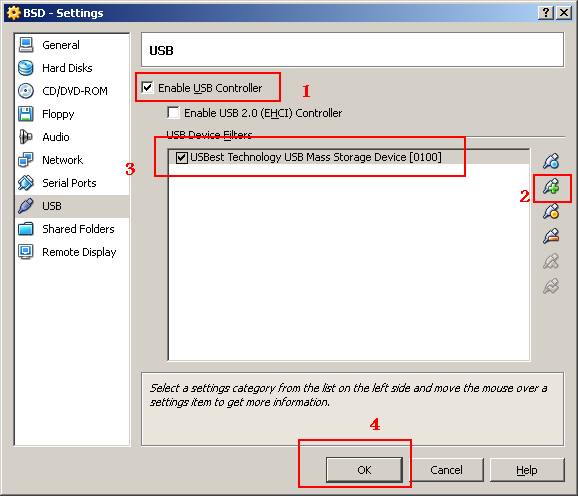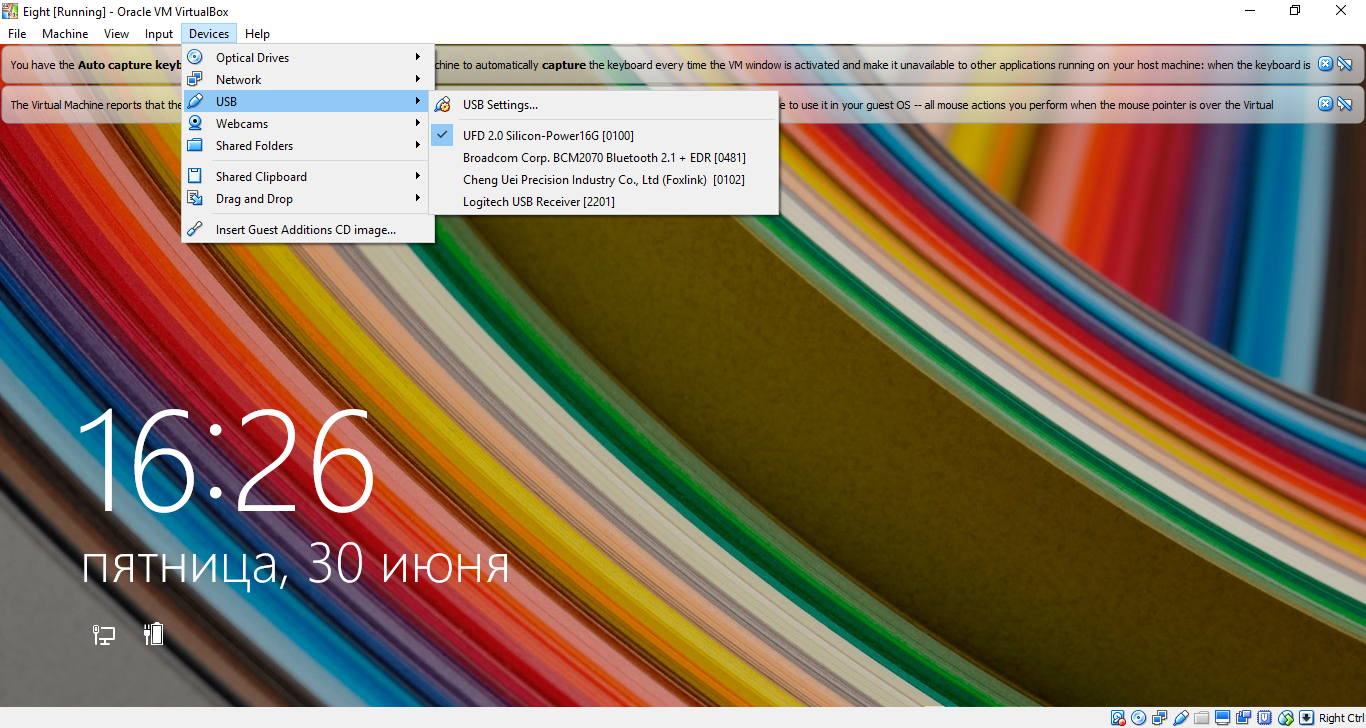

When you boot the machine, bottom right of the virtual machine window has a small USB icon, right click it, and select the desired USB that you’d like to pass straight through to the VM. If your VirtualBox doesn’t recognize the USB or fails to install drivers etc., make sure it’s formatted as Fat32 (use gnome-disks or gparted, might need to reformat it a few times with both programs). USB not recognised virtualbox guest additons

If you haven’t installed the guest additions correctly, it will give you an error on booting. You can only add USB support when the machine is off. To connect your USB, go to the virtual machine settings and add USB 2.0 or USB 3.0 support. Install it, reboot, and you’ll now be able to connect your USB.

To do that, boot your virtual machine, select Devices on the toolbar, and select insert Guest Additions CD. You will also have to install VirtualBox Guest Additions to be able to passthrough the physical USB stick straight into the VirtualBox. You’ll need to install VirtualBox (sudo apt-get install virtualbox) and then install a virtual Windows machine using the ISO from at the start of this article. 2) Use a Windows VirtualBox to create a bootable USB using Rufus. The deb packages for WoeUSB are found here, ignore the. 1) Use WoeUSB on Ubuntu or Debian to make Bootable Windows USBs from ISO. At the time of writing, Windows was providing the Windows 10 ISO here. Just search “Windows ISO” and make sure you’re at. There are 3 ways to make Windows Bootable USBs on Debian Ubuntu of any Linux distro, but first you’ll need a Windows ISO which Windows themselves now provide. Only recently I found out Etcher.io didn’t make bootable Windows USB’s properly, or rather, did not support it at all.


 0 kommentar(er)
0 kommentar(er)
